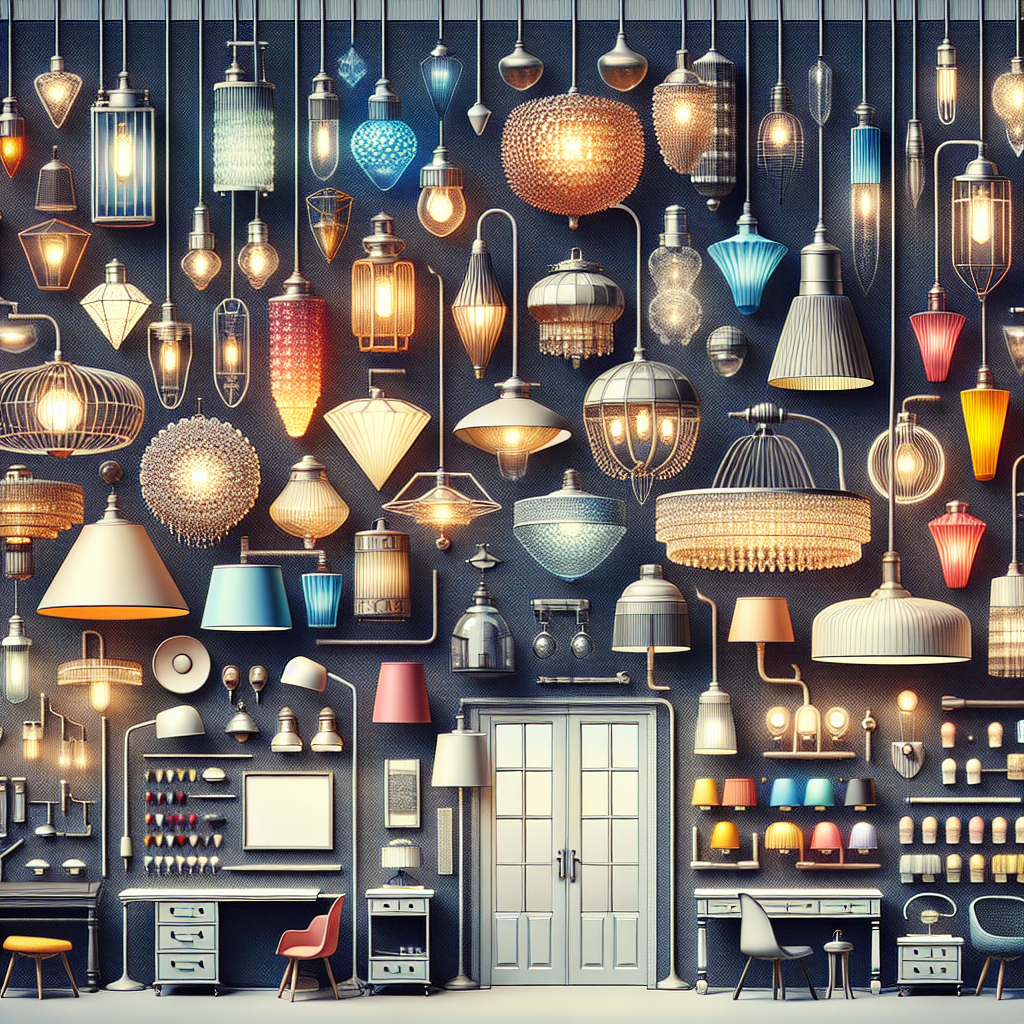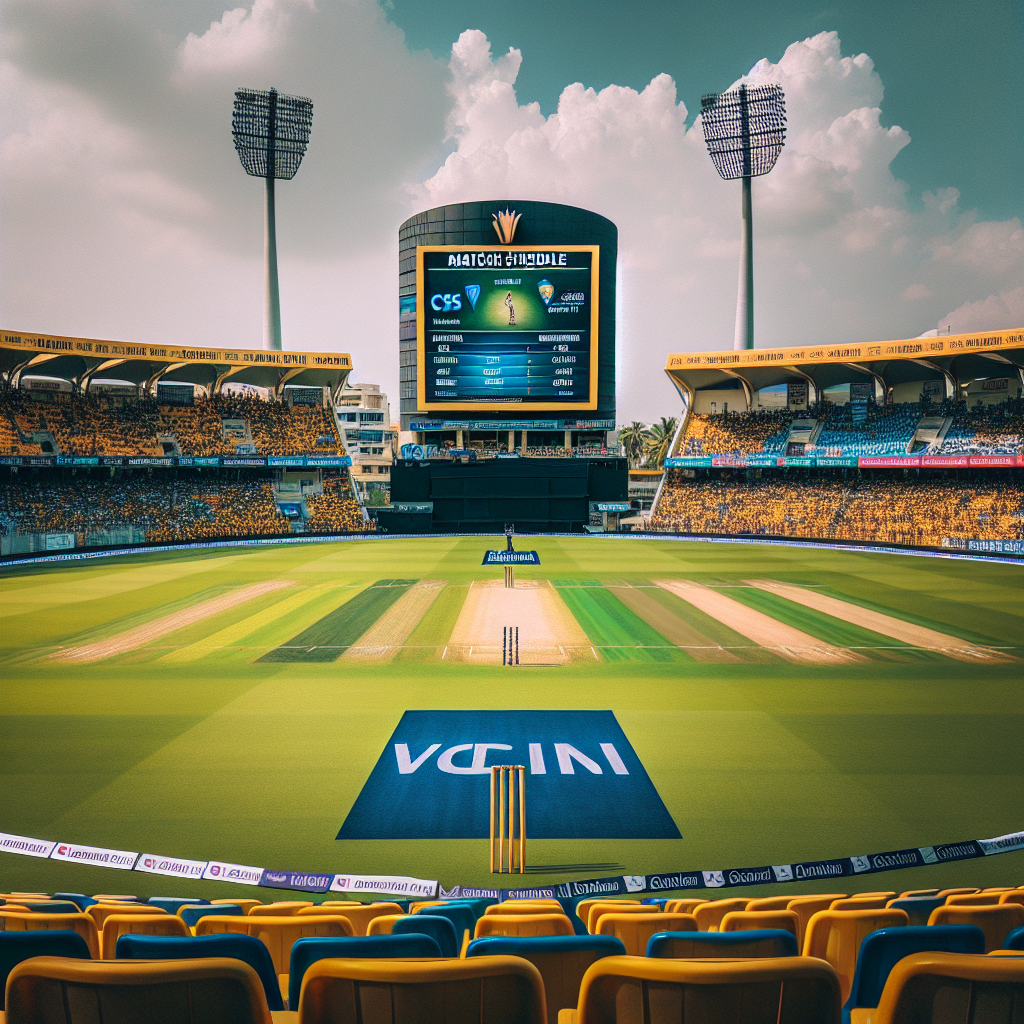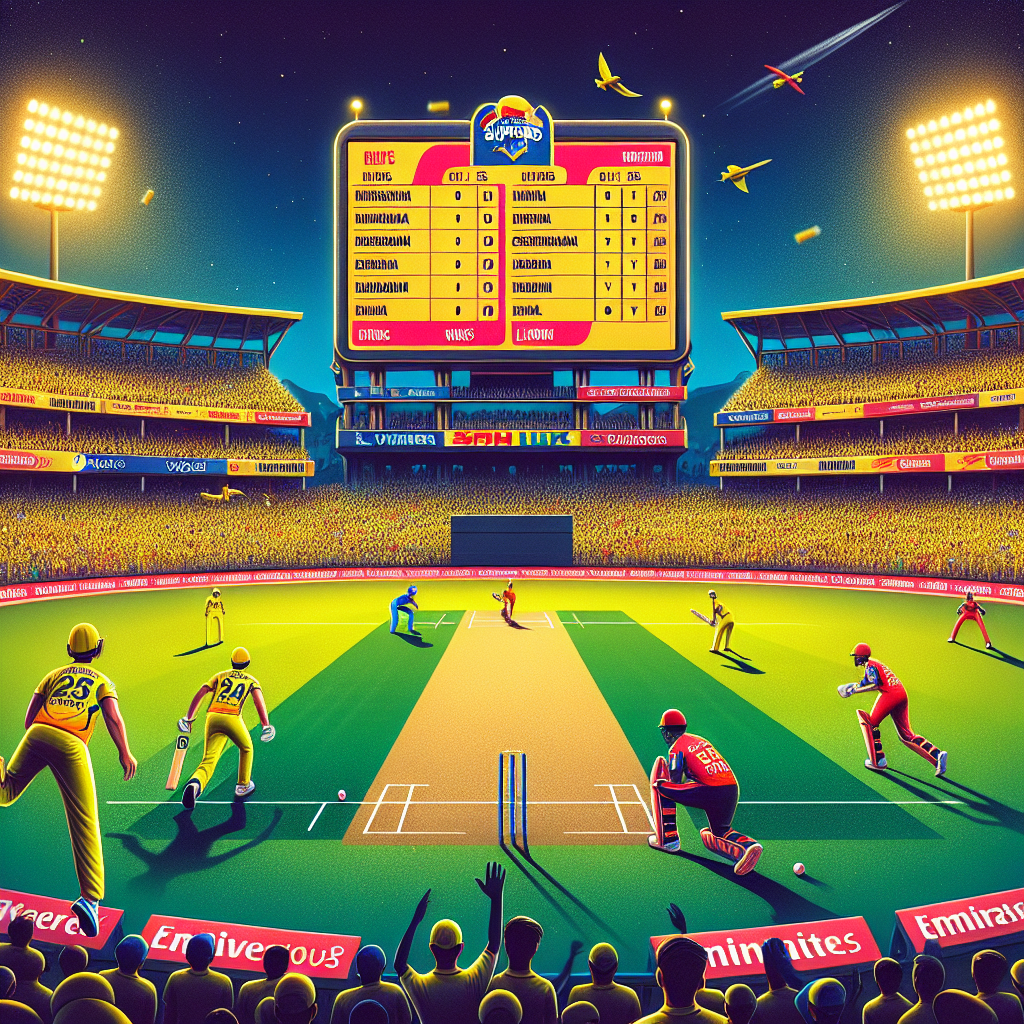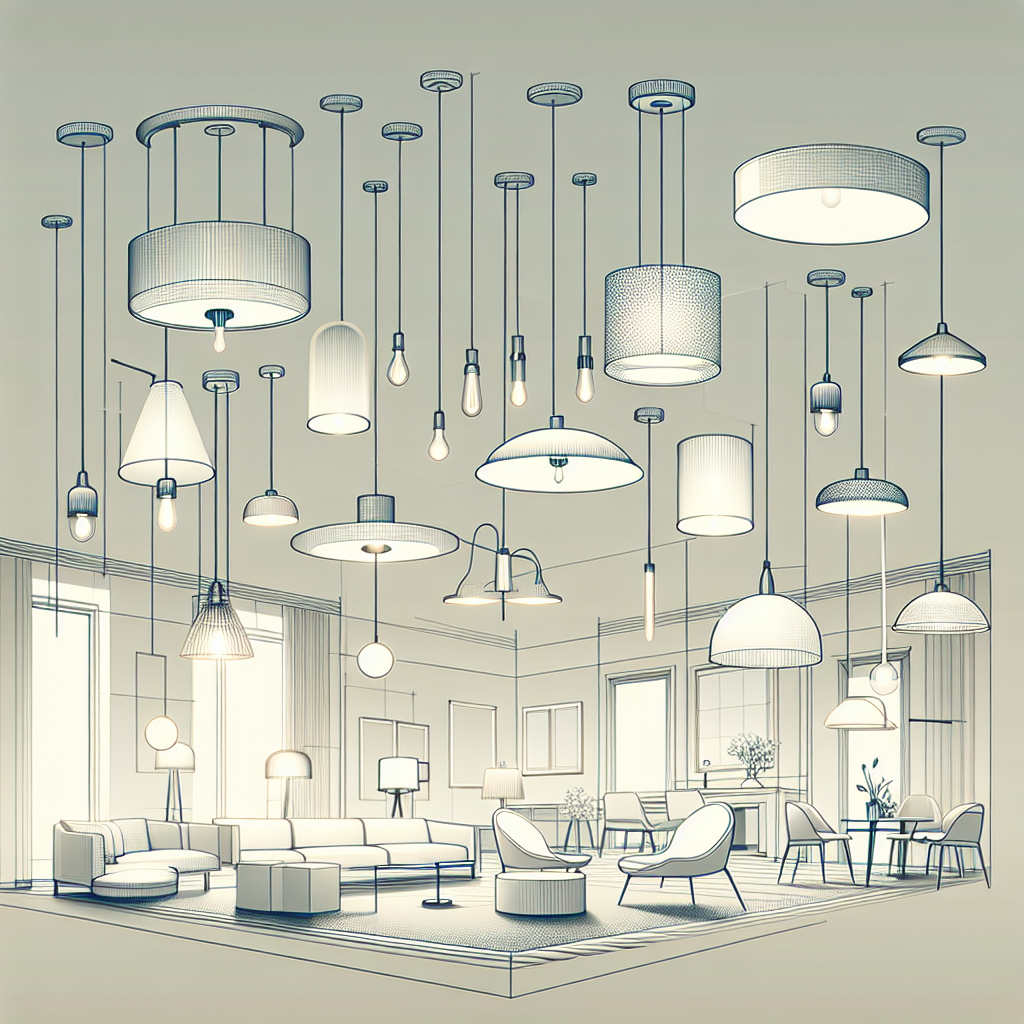Understanding DC Fixtures: A Comprehensive Guide

In the realm of electrical engineering and lighting design, Direct Current (DC) fixtures have emerged as a pivotal component, especially with the increasing emphasis on energy efficiency and sustainable solutions. This article delves into the intricacies of DC fixtures, exploring their applications, benefits, and the technological advancements that make them a preferred choice in various sectors.
What are DC Fixtures?
DC fixtures refer to lighting systems that operate on direct current electricity. Unlike alternating current (AC) systems, which are more common in household and commercial settings, DC systems provide a constant flow of electricity. This characteristic makes DC fixtures particularly suitable for specific applications where stability and efficiency are paramount.
The Rise of DC Fixtures in Modern Applications
The adoption of DC fixtures has been driven by several factors, including the rise of renewable energy sources, advancements in LED technology, and the growing demand for energy-efficient solutions. Here are some key areas where DC fixtures are making a significant impact:
- Solar Power Systems: DC fixtures are integral to solar power systems, as solar panels generate direct current. By using DC fixtures, the need for inverters, which convert DC to AC, is minimized, leading to increased efficiency.
- Electric Vehicles (EVs): The automotive industry is increasingly incorporating DC fixtures in electric vehicles for interior and exterior lighting, leveraging the direct current from the vehicle’s battery.
- Off-Grid Lighting: In remote areas where grid access is limited, DC fixtures powered by solar panels or batteries provide a reliable lighting solution.
Advantages of DC Fixtures
DC fixtures offer several advantages over their AC counterparts, making them an attractive option for various applications. Some of the key benefits include:
- Energy Efficiency: DC fixtures are inherently more energy-efficient as they eliminate the need for AC-DC conversion, reducing energy loss.
- Longer Lifespan: The constant current flow in DC systems reduces wear and tear on components, extending the lifespan of the fixtures.
- Improved Safety: DC systems operate at lower voltages, reducing the risk of electrical shocks and making them safer for residential and commercial use.
- Enhanced Control: DC fixtures offer better control over lighting intensity and color, allowing for more precise lighting design.
Technological Advancements in DC Fixtures
The evolution of DC fixtures has been marked by significant technological advancements, particularly in LED technology and smart lighting systems. These innovations have further enhanced the efficiency and functionality of DC fixtures.
LED Technology
Light Emitting Diodes (LEDs) have revolutionized the lighting industry, and their integration with DC systems has been seamless. LEDs inherently operate on direct current, making them a perfect match for DC fixtures. The benefits of LED technology in DC fixtures include:
- High Efficiency: LEDs consume significantly less power compared to traditional lighting solutions, making them ideal for energy-saving applications.
- Durability: LEDs have a longer operational life, reducing maintenance costs and frequency of replacements.
- Versatility: Available in various colors and intensities, LEDs offer flexibility in lighting design and application.
Smart Lighting Systems
The integration of smart technology with DC fixtures has opened new avenues for automation and control. Smart lighting systems allow users to control lighting remotely, adjust brightness, and even change colors through mobile apps or voice commands. Key features of smart DC lighting systems include:
- Remote Control: Users can control lighting from anywhere, enhancing convenience and energy management.
- Automation: Smart systems can be programmed to adjust lighting based on time of day or occupancy, optimizing energy use.
- Integration with IoT: DC fixtures can be integrated with other smart home devices, creating a cohesive and efficient home automation system.
Case Studies: Successful Implementation of DC Fixtures
To illustrate the practical benefits of DC fixtures, let’s explore some case studies where these systems have been successfully implemented.
Case Study 1: Solar-Powered Street Lighting in Rural India
In rural India, where access to electricity is limited, a project was initiated to install solar-powered street lights using DC fixtures. The project aimed to improve safety and extend productive hours for local communities. The results were remarkable:
- Increased Safety: The availability of street lighting reduced accidents and crime rates in the area.
- Community Development: Extended hours of light allowed for evening markets and social gatherings, boosting local economies.
- Environmental Impact: The use of solar power reduced reliance on fossil fuels, contributing to environmental conservation.
Case Study 2: Energy-Efficient Office Buildings in Germany
In Germany, a leading architecture firm designed an office building incorporating DC fixtures powered by a combination of solar panels and wind turbines. The building achieved significant energy savings and set a benchmark for sustainable architecture:
- Energy Savings: The building reduced its energy consumption by 40% compared to traditional office buildings.
- Employee Productivity: Improved lighting quality enhanced employee comfort and productivity.
- Green Certification: The building received LEED Platinum certification, recognizing its commitment to sustainability.
Challenges and Considerations
While DC fixtures offer numerous benefits, there are challenges and considerations to keep in mind when implementing these systems:
- Initial Costs: The upfront cost of installing DC systems can be higher than traditional AC systems, although long-term savings often offset this.
- Compatibility: Ensuring compatibility with existing infrastructure and devices can be a challenge, requiring careful planning and design.
- Technical Expertise: Implementing DC systems may require specialized knowledge and expertise, necessitating training and education for installers and users.
The Future of DC Fixtures
The future of DC fixtures looks promising, with ongoing research and development aimed at overcoming current challenges and expanding their applications. As renewable energy sources become more prevalent and technology continues to advance, DC fixtures are expected to play a crucial role in the transition to a more sustainable and energy-efficient world.
Conclusion
DC fixtures represent a significant advancement in lighting






